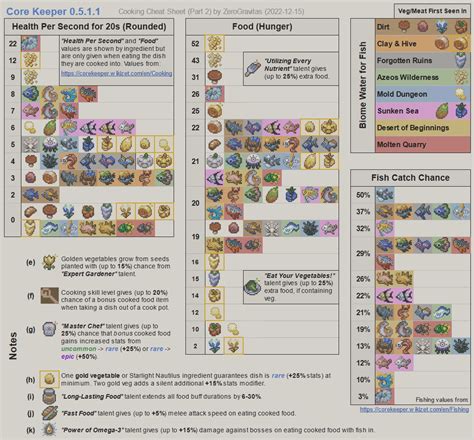Keeper Recipes: Your Ultimate Guide to Delicious and Doable Dishes
Are you tired of scrolling endlessly through recipe websites, only to find dishes that are either too complicated or too bland? Do you crave delicious, satisfying meals that don't require hours in the kitchen? Then you've come to the right place! This guide focuses on creating your own collection of keeper recipes – those tried-and-true, go-to dishes that you'll make again and again.
What Makes a Recipe a "Keeper"?
A keeper recipe is more than just a tasty meal; it's a recipe that ticks all the boxes:
- Delicious Taste: This seems obvious, but it's the most important factor! The flavors should be well-balanced and satisfying.
- Easy to Follow Instructions: Clear, concise instructions are key. No confusing jargon or ambiguous measurements.
- Readily Available Ingredients: You should be able to find the ingredients easily at your local grocery store. Avoid overly specialized or hard-to-source items.
- Time-Efficient: Keeper recipes should fit your lifestyle. Some might be quick weeknight meals, while others could be perfect for a weekend cooking project.
- Versatile: Can the recipe be adapted to your preferences? Can you easily substitute ingredients? Flexibility is a plus!
- Crowd-Pleaser: If your family and friends love it, it's definitely a keeper!
Building Your Collection of Keeper Recipes
Start by identifying your favorite types of cuisine and meals. Do you love pasta dishes? Are you a fan of hearty stews? Focusing on your preferences will help you build a collection you'll actually use.
Tips for Finding and Creating Keeper Recipes:
- Experiment with variations: Take a basic recipe and tweak it to your liking. Adjust seasonings, add different vegetables, or try a different protein.
- Keep a recipe journal: Write down your favorite recipes, including any modifications you make. This will make it easy to find them again. Note down what you liked, what could be improved and the overall cooking experience.
- Don't be afraid to fail: Not every recipe will be a keeper. Learn from your mistakes and keep experimenting.
- Master the basics: Focus on learning foundational cooking techniques. Once you have a solid understanding of basic techniques, creating your own keeper recipes will become much easier.
- Use online resources wisely: While the internet is a treasure trove of recipes, be selective. Choose recipes from reputable sources and read reviews before trying them.
- Embrace simplicity: Don’t be intimidated by complex recipes. Often, the simplest recipes are the most delicious.
Example Keeper Recipe: One-Pan Lemon Herb Roasted Chicken and Veggies
This recipe is a perfect example of a keeper recipe because it's delicious, easy to make, uses readily available ingredients, and is adaptable to your preferences.
Ingredients:
- 1 whole chicken (about 4 pounds)
- 1 pound baby potatoes, halved
- 1 pound carrots, chopped
- 1 lemon, sliced
- 2 sprigs fresh rosemary
- 2 sprigs fresh thyme
- Olive oil
- Salt and pepper to taste
Instructions:
- Preheat oven to 400°F (200°C).
- Place potatoes and carrots in a large roasting pan.
- Place chicken on top of vegetables.
- Tuck lemon slices and herb sprigs around the chicken.
- Drizzle with olive oil and season with salt and pepper.
- Roast for 1 hour and 15 minutes, or until chicken is cooked through.
This recipe is just a starting point. Feel free to add other vegetables, use different herbs, or adjust the seasonings to your liking. The possibilities are endless!
Building your collection of keeper recipes is a journey, not a race. Have fun experimenting, and enjoy the delicious results!
